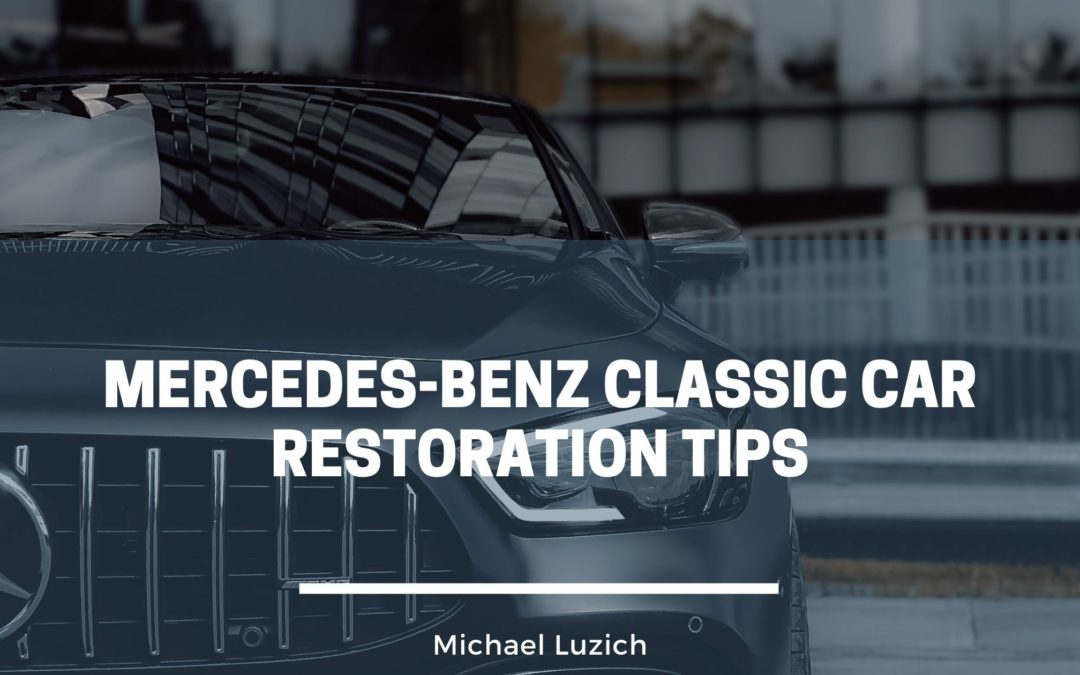There’s no shortage of desirable Mercedes-Benz classics, and a well-maintained car is a joy to find, own, and drive. Once in a while, you might find a classic that its previous owner(s) did not maintain in tip-top condition. This column discusses a few general restoration tips for your Mercedes-Benz classic.
Plan the scope of the restoration
Depending on your preference, the level of restoration can vary. Both the initial condition of the vehicle and your goals affect how involved the project becomes. Decide the restoration’s scope before starting the project to ensure that you receive the level of restoration that you want and are comfortable with the budget for said level of restoration.
If you are lucky enough to own a desirable model such as a 300SL, your goal may be a complete restoration. Many owners seek to restore their cars to show car quality, known in the car community as “Concours condition.”
If you want to drive your classic Mercedes-Benz daily, you might prioritize phases of the restoration differently. You would need a less intensive restoration if you simply want a reliable classic. While major components such as the engine and transmission would need to be inspected and repaired at the onset, cosmetic restorations may be delayed until a later date.
Whatever your goal may be, consider all possible outcomes and the financial impact of each. No set process fits every restoration project.
Watch for Rust
You can repair most parts of a classic car with enough effort but dealing with rust requires special consideration. Engines can be rebuilt, torn leather seats can be reupholstered, but a rusted-through car is difficult to restore.
The Mercedes-Benz Classic Car Center
Mercedes-Benz takes great pride in its extensive history of classic cars, and even today, the automaker continues to produce parts for their decades-old models. The Mercedes-Benz Classic Car Center operates dedicated parts warehouses from which restorers can purchase genuine parts. Dedicated specialists from the Center can help the restorer throughout the restoration process, advising on the exact parts that are required.
Do-it-yourself vs. professional restoration
Part of your initial planning process will be to decide who is involved in the restoration. For some, single-handedly taking on the responsibility of a restoration is part of the excitement. If you’re car-savvy and mechanically inclined, enough documentation and parts are available for you to tackle the project alone.
However, if you have never worked on cars before, beginning with a valuable classic car and attempting an extensive restoration may result in higher costs and greater frustration for you.
You are not without resources. Many shops specialize in restoring classic Mercedes-Benz vehicles. These third-party restorers can be reliable but before you decide to use one, be sure to research the quality of their previous projects. Request references and ask to see previous work. It is noteworthy that the Mercedes-Benz Classic Car Center is staffed by Mercedes-Benz trained specialists and stocked with genuine parts.
